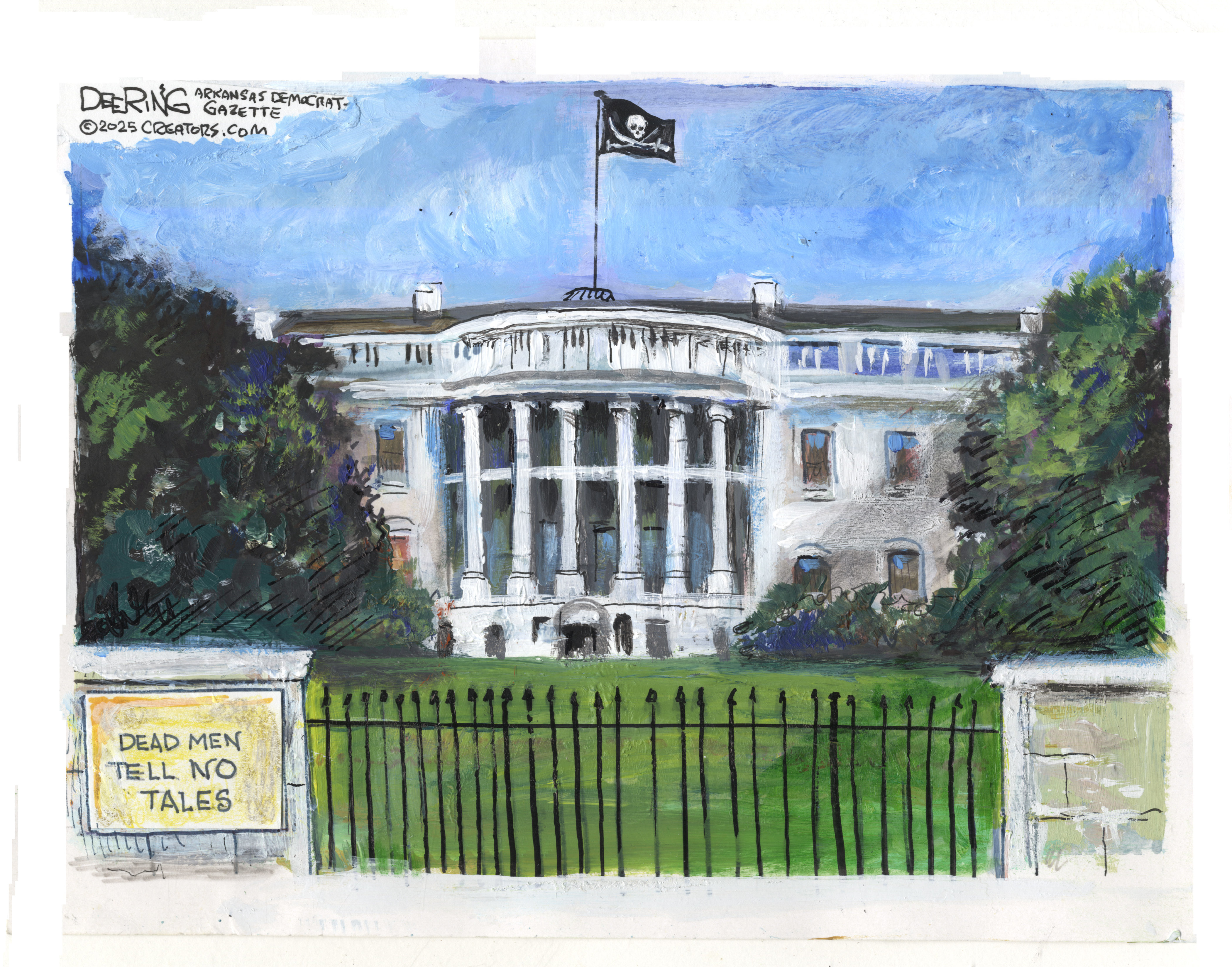Alexis Rockman: A Fable for Tomorrow
The Smithsonian Insitution is holding the first major retrospective of Rockman's work.
American Art Museum
Smithsonian Institution
Washington, D.C., through May 8
The Week
Escape your echo chamber. Get the facts behind the news, plus analysis from multiple perspectives.

Sign up for The Week's Free Newsletters
From our morning news briefing to a weekly Good News Newsletter, get the best of The Week delivered directly to your inbox.
From our morning news briefing to a weekly Good News Newsletter, get the best of The Week delivered directly to your inbox.
Alexis Rockman’s art contains worlds, said Bruce Sterling in Wired.com. Many of the 47 paintings and drawings in this first major retrospective of his work are themselves a dizzying mix of science fiction, natural history, and realist painting. The common thread is a focus on depicting nature’s realm, which the New York City–born artist, now in his late 40s, has done “with virtuosity and wit” for more than 20 years. “His work expresses deep concerns about the world’s fragile ecosystems and the tension between nature and culture,” conveyed through “vivid, even apocalyptic imagery.” The show gets its title from a chapter of Rachel Carson’s influential Silent Spring, a 1962 book on chemical pesticides that combined “two seemingly incompatible literary genres—mythical narrative and factual reportage.” Likewise, Rockman “achieves his vision through a synthesis of fantasy and empirical fact.”
The fun lies in figuring out which is which, said Michael O’Sullivan in The Washington Post. Evolution (1992) is a 24-foot-wide panorama depicting 281 creatures from an imaginary world of freakish biodiversity. “Like a centerfold out of some demented Time-Life Books science text, it’s a meticulously rendered amalgam of plants and animals both real and unreal,” featuring bizarre hybrid life forms. In The Farm (2000), a haunting comment on the perils of bioengineering, it’s even harder to pinpoint reality. “That mouse growing a human-ear-shaped piece of cartilage on its back? Very, very real. That chicken with no feathers and six wings? The part about the extra wings is made up.” In another artist’s work, such weighty environmentalism might come off as finger-wagging. Rockman, fortunately, keeps the craft “visually impressive” and his tone lighthearted and clever.
A free daily email with the biggest news stories of the day – and the best features from TheWeek.com
-
 Political cartoons for December 14
Political cartoons for December 14Cartoons Sunday's political cartoons include a new White House flag, Venezuela negotiations, and more
-
 Heavenly spectacle in the wilds of Canada
Heavenly spectacle in the wilds of CanadaThe Week Recommends ‘Mind-bending’ outpost for spotting animals – and the northern lights
-
 Facial recognition: a revolution in policing
Facial recognition: a revolution in policingTalking Point All 43 police forces in England and Wales are set to be granted access, with those against calling for increasing safeguards on the technology